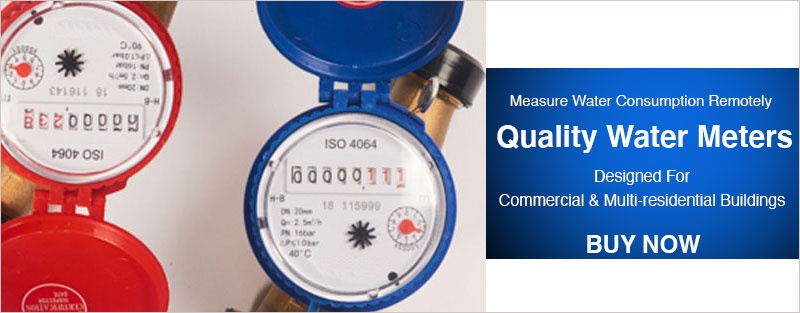Water Management
Water management is a process that includes planning, developing, management of available water resources, its distribution in equitable quantity and its quality. It harnesses the benefits of water to ensure adequate amounts for drinking, sanitation, food production, energy generation, water-based recreation. I also has the duty of protecting the aesthetic and spiritual values of lakes and rivers now in danger due to climate change. It is also responsible for responding to water-related risks that may include floods, drought, and water pollution.
One of the main goals of water management is the optimization of water use, securing the supply and protecting the degradation of fresh-water ecosystems, preserving aquatic life, disposing of chemicals properly, and limiting the use and run-offs of fertilizers so that the essential resource for our survival can coexists with economic development. More important than securing the quantity and the quality of water that can be made available is the goal to ensure the continuity of water availability to sustain life.
With the growing demands for water, require to have an effective water management system in place. One that also provides information on the whole system, its infrastructure, the institutions that participate in the process from extaction through distributiona and consumption, and the incentives that guide and support water management.
Water Conservation
Water conservation, on the other hand, focuses on sustaining the natural resources of fresh water. It aims to directly conserve water and ensure its availability for future generations through policies and strategies. Some of the strategies in Water conservation look to preventing water pollution through avoidance of polluting discharges to nearby watersheds, rivers, and lakes, Other strategies look to the reduction of greenhouse gas emissions to reduce the speed of climate change that may increase water evaporation and recude rainfall.
Governement policies offer Homes upgraded fixtures and equipment that are efficient in reducing water consumption, saving water, and reducing utility bills. These can be found in water meters, toilet fixtures, washing machines, showerheads, faucets, and sinks. Big and small corporations do their part in water conservation by advocating programs that raise company, employee, and community awareness of saving water.
The Difference between Conservation and Management
While they may appear similar, there is a difference between water conservation and water management. Water management focuses on water resources, such as irrigation systems, dams, and levees, primarily control movement, and protection of those resources. This results in less dam destruction and makes use of limited water resources from irrigations. Its main goal is not preserving water but managing the resources for its continuance.
Water conservation deals with the policies, strategies and initiatives that multiple levels of governement put in effect to protect the water sources. It includes programs, and practices designed to inform people and educate the consumer on how to change their behaviors to save more water. It raises the awareness of the importance of water for our ecosystem and our survival,
Both, may benefit from sub-metering as they raise importance to protect this precious natural resource so important for our lives. It requires every individual to play an active part in ensuring that in the future will still benefit from the availability and access to a sustainable water supply.


